


#SOCIAL
In a previous article; “Hashtags & SEO – What does it all mean?”, we explored that special little pound symbol, aka hashtag and it’s effect on SEO. Hashtags entice engagement as they increase visibility across audiences wherever they are placed. They can be used within content or in social media posts and encourage people to dive in and explore more about a topic, product or service. As of 2018, of the top 50 websites (by traffic) on the internet, more than 85% of them use hashtags according to similarweb.com. Do hashtags play a role in SEO? Absolutely!
But, when it comes to social channels, marketers need to pay attention to the most effective ways to use hashtags on each of them. Social media platforms are similar in that they connect people, but hashtags perform differently on each platform. This is due to SM algorithms and how users across different platforms react to hashtags. So, different strategies must be employed for optimal SEO results.
We’ll consider a few of the most popular social media platforms starting with Twitter
Twitter, the place where all the hashtag madness began. Tweets with hashtags have double the engagement than tweets without hashtags and 55% more retweets. Retweets are the golden nugget as 78% of engagements with brands come from retweets (linchpinseo.com).
There’s no limit to the amount of hashtags within a tweet, but here the rule of thumb is less is more. The 280-character limit is an increase on Twitter, but the most effective tweets have 1-2 hashtags. After 2 hashtags, there’s a 17% drop in engagement and a loss of valuable visibility.
Now, if you are using only 1-2 hashtags in a tweet, relevancy is extremely important. Summarizing the topic of the tweet is the goal and stay away from adding a hashtag based on popularity alone. Think of it like this – if you have piqued someone’s interest with the content of your tweet, your hashtag needs to expand on that same content and get them to take action on what is being shared. You want to inspire next steps, not annoy people by sending them on an internet goose chase.
Similar to Twitter, Facebook doesn’t have a maximum for number of hashtags used in a post. Another similarity is that engagement dramatically decreases as the number of hashtags increase. On Facebook, just one terrific, relevant hashtag performs the best right off the bat approaching 1,800 engagements. At two hashtags, engagement drops by about 500.
Something else to keep in mind with Facebook is that posts with 80 characters or less get 23% more interactions than posts with more characters. So, ensuring the hashtag is relevant and matched well with the type of post (video, picture, etc.) by being specific with your words will help. Facebook algorithms really like (#nopunintended) when the same devotees share an enthusiasm for high quality pages, so paying attention to relevant trending topics is important.
Heaven on earth for hashtags is Instagram. Here’s where you can go big or go home with the number of hashtags utilized. The more you use, the better engagement you receive. Studies shows between 8-11 hashtags are good, with the amount receiving the best responses being 9. This number results in an increase of 28,548 more interactions per post.
Other than engagement, Instagram algorithms also like relevancy and relationships. The more specific hashtags (even if they tend to be longer) get more attention, so having a specific hashtag is valuable. Relationships on Instagram (meaning accounts that you consistently interact with) help with engagement, so take notice of repeat followers that engage consistently.
Final Thoughts…
Marketing on social media utilizing hashtags is a must to increase the chances of engagement traffic turning into customers. Considering the platform and how its algorithms respond to hashtags reactions is important when strategizing a marketing plan. Some other helpful tips:
- Relevancy. It’s good to search what is trending. You can do this on some platforms, but make sure it relates to the actual content you are sharing.
- Make sure the hashtag is easy to read and understand. Generally, a shorter hashtag is better, unless it’s on Instagram where you have more leniencies in length relative to being specific.
- Regardless if it’s original or a trending hashtag, double-check spelling.
- Research a hashtag if it’s custom to make sure it’s what you want to use. There are plenty of tools for this.
Knowing how to use hashtags on social media will help with converting interested followers to potential customers. Social media posts have short life spans, so it’s important to make the most out of the visibility time you have and understand what works best on the different platforms.



Written By
Calisa Fitzpatrick – Vice President
Please take a moment to like, share, and tell us your thoughts about this topic. Thank you.

 Local SEO Services
Local SEO Services



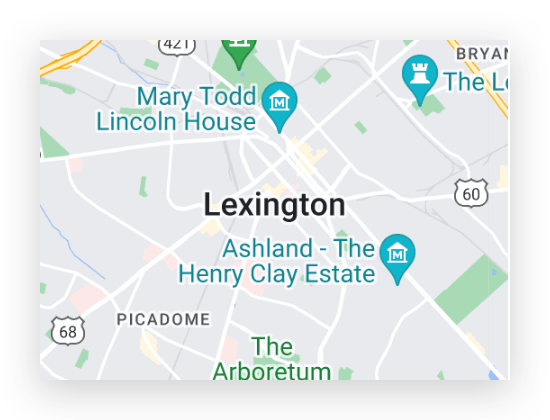
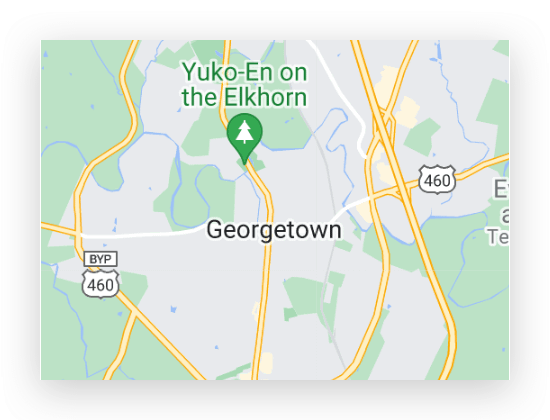
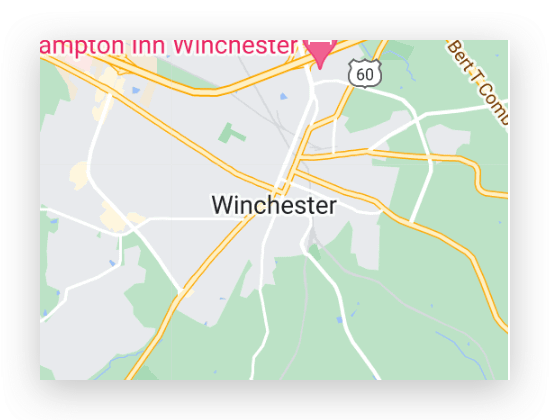
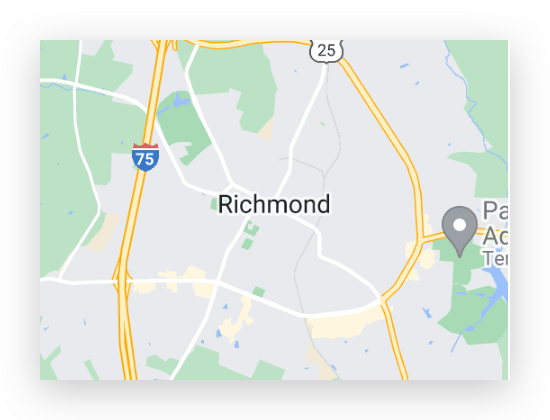
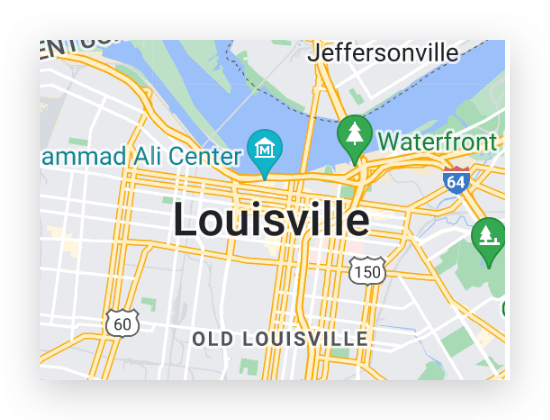
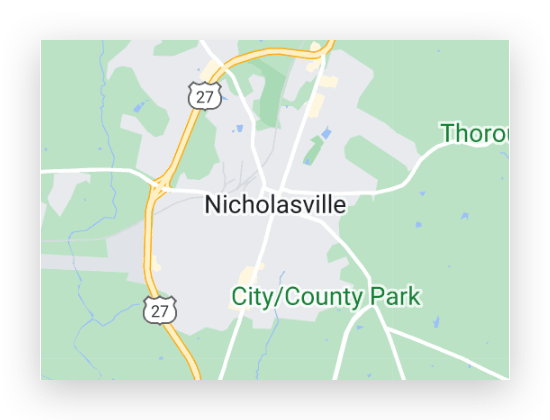







 About Us
About Us Newsletter
Newsletter Our Work Brochure
Our Work Brochure